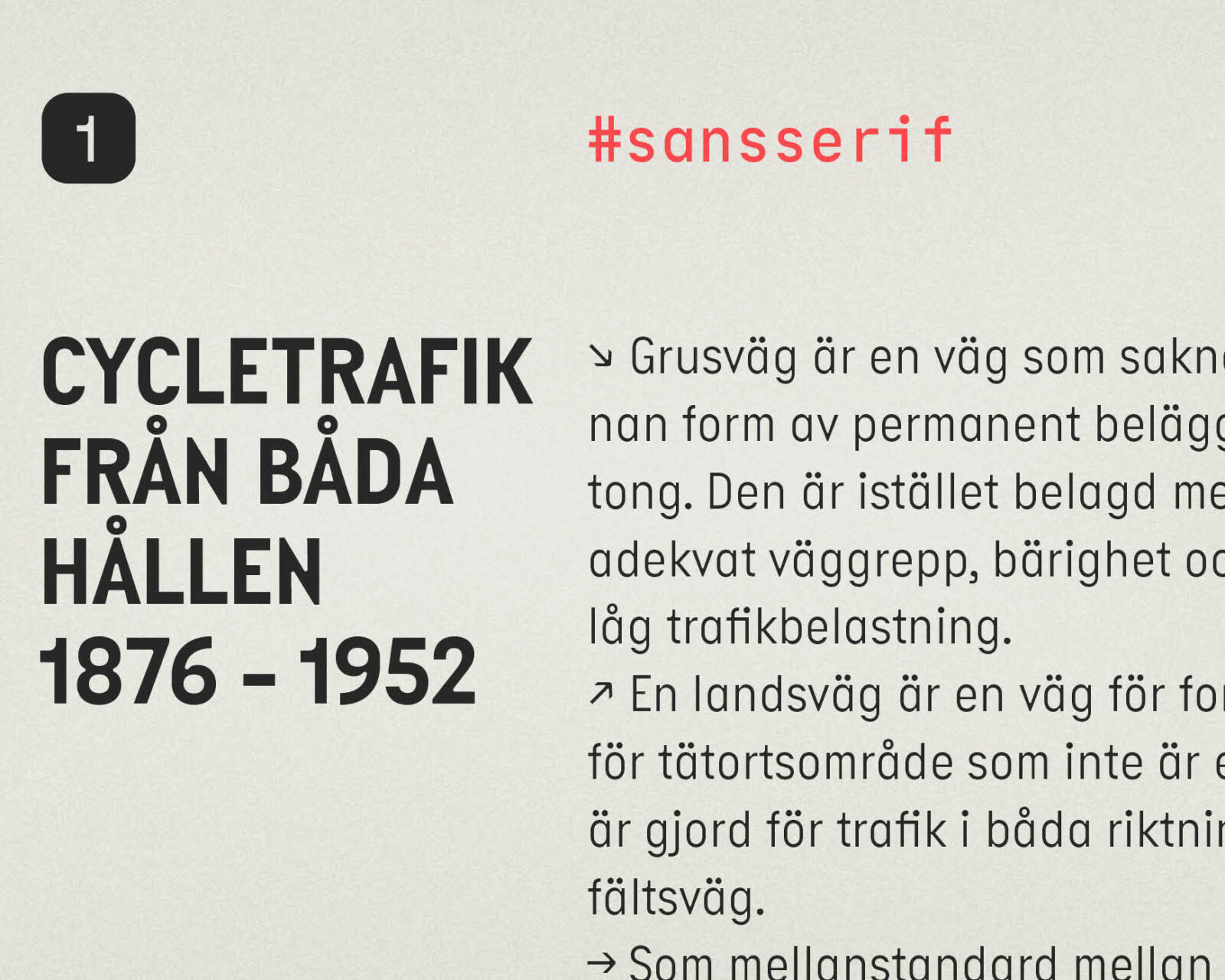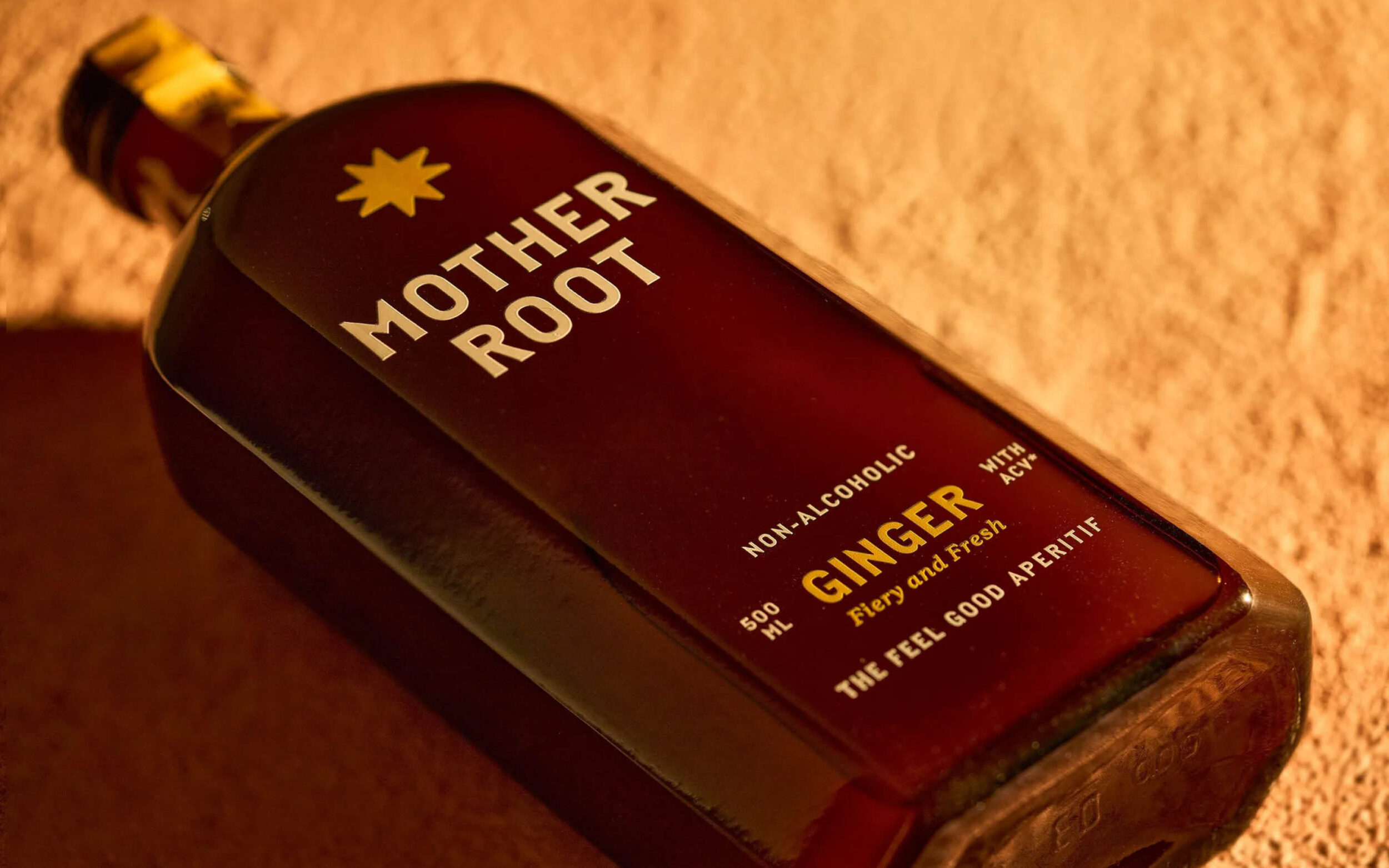Starting
€ 50.00
Single style from
€ 50.00
Complete family from € 340.00
Try
Buy
Complete family from € 340.00
Piet Mono Variable
#piet
Piet Mono
Piet Sans and MONO: “welding the stiff with the vibrant”
Piet Sans
Cycling and public transport are well integrated in Japan. Starting in 1978, Japan expanded bicycle parking supply at railway stations from 598,000 spaces in 1977 to 2,382,000 spaces in 1987. As of 1987, Japanese provisions included 516 multi-story garages for bicycle parking. The first Danish route, C99, opened in 2012 between the Vesterbro rail station in Copenhagen and Albertslund, a western suburb. The route cost 13.4 million Danish kroner and is 17.5 km long, built with few stops and new paths away from traffic.
Piet Mono
»Français«


